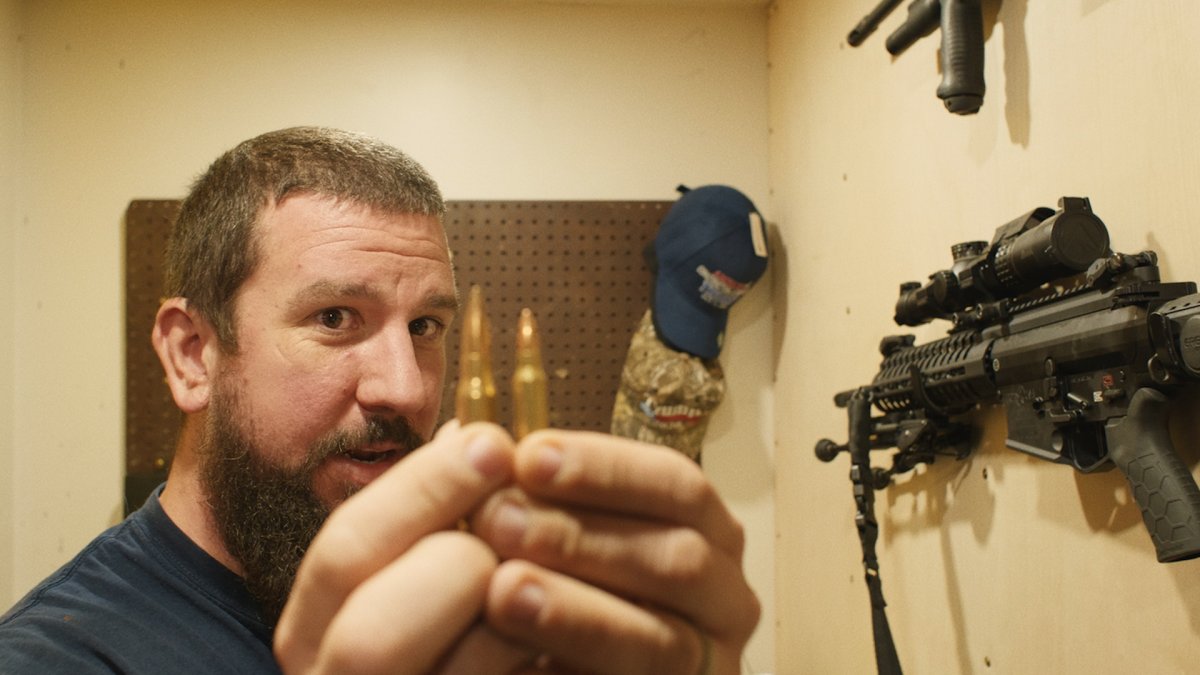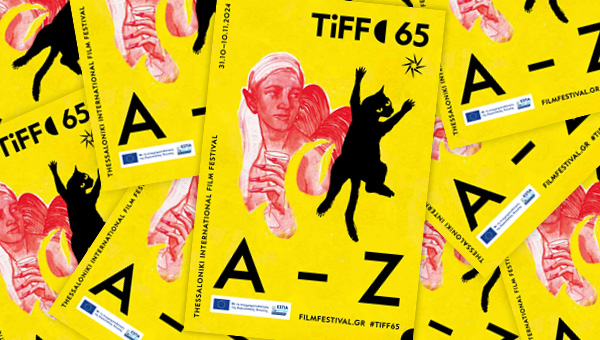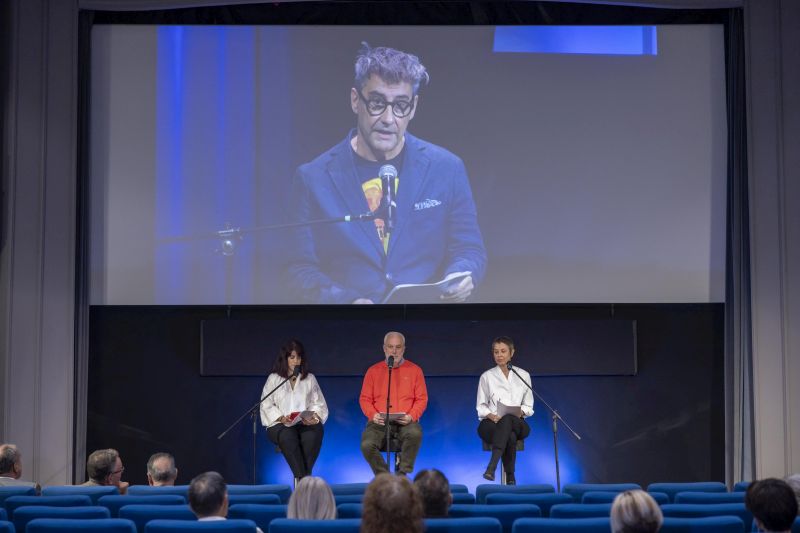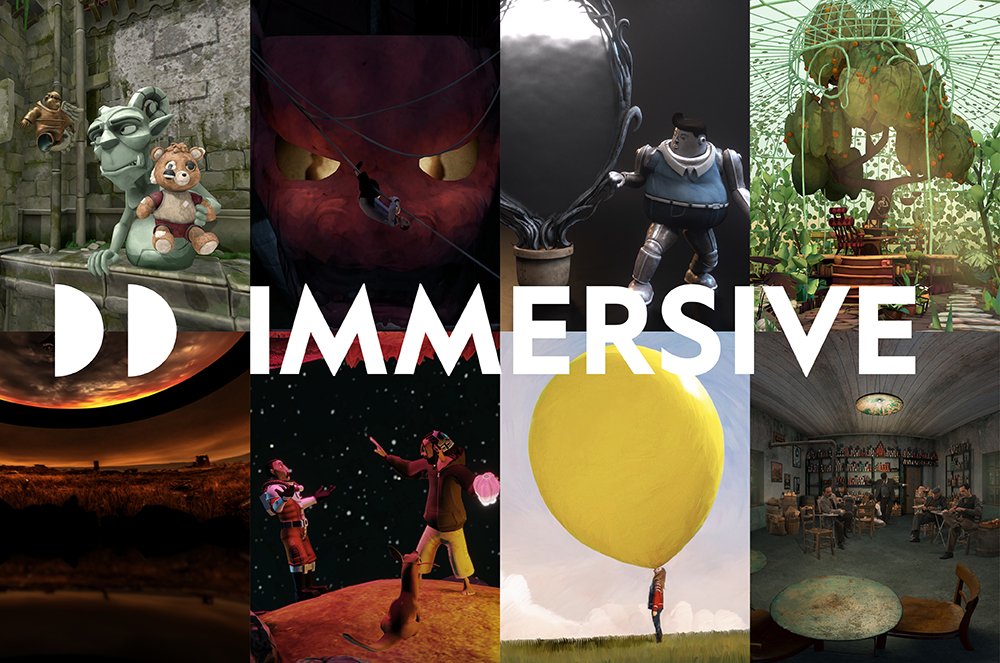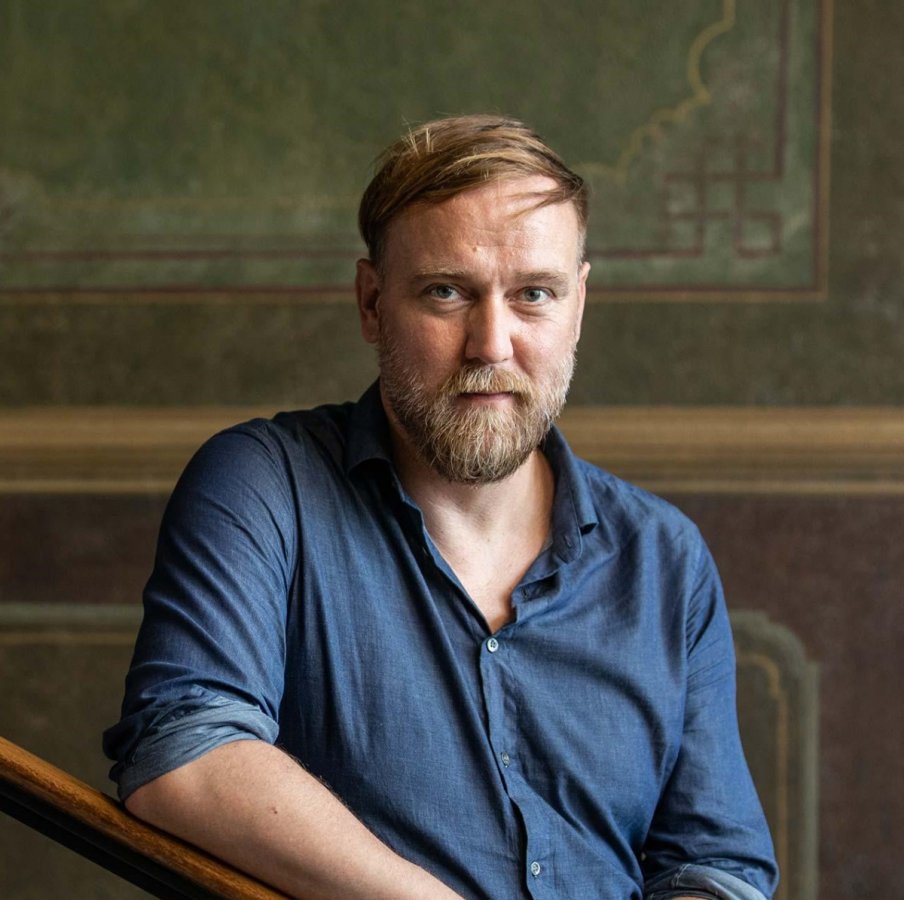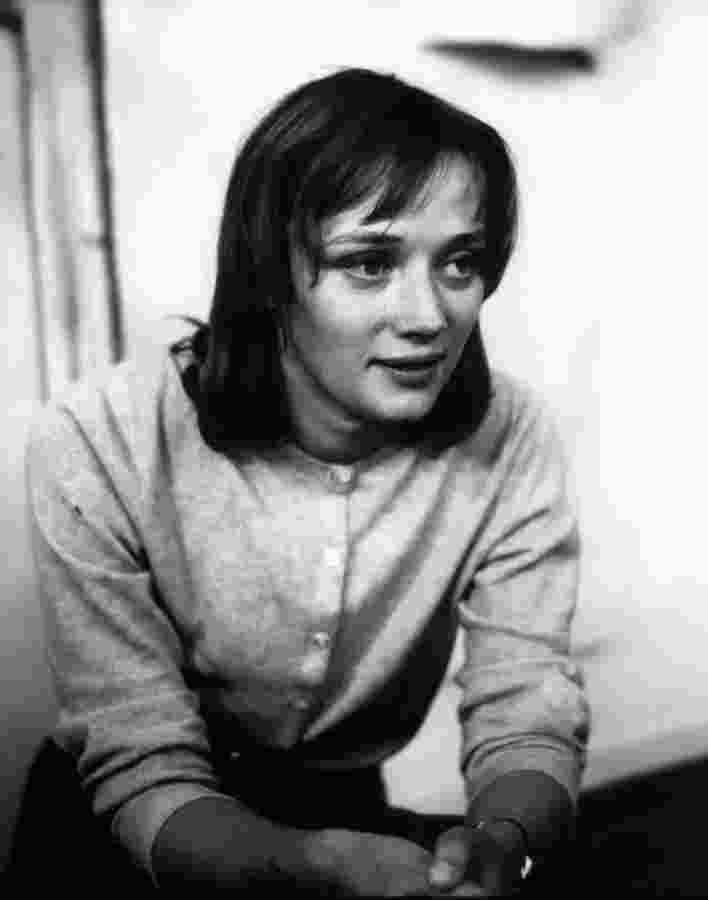The 65th Thessaloniki International Film Festival is hosting a spotlight on the daring, extravagant and uncompromised French artist Niki de Saint Phalle (1930-2002), who left an invaluable work behind her as a sculptor, a painter, a filmmaker and a writer. Τhe Festival will screen one of her most famous films –her sophomore title as a film director and her solo debut–, the phantasmagoric feminist fairy tale A Dream Longer than the Night (Un rêve plus long que la nuit, 1976), one of the most distinguished films of the French avant-garde cinema of the 1970s. Producer, curator and filmmaker Αrielle de Saint Phalle, the niece of Niki de Saint Phalle and responsible for the restoration of the film A Dream Longer than the Night, will attend the 65th TIFF. Arielle de Saint Phalle has worked as a producer in films directed by Jim Jarmusch and Sara Driver, and has her directorial debut under way, a full-length documentary on actress Cookie Mueller.
In addition, the audience will have the chance to watch the fascinating biopic Niki (2024), the directorial debut by Céline Salette, which maps out the Niki de Saint Phalle’s rough journey towards her fulfillment as an artist, outlining an intricate and overwhelming and storming personality that could be contained within every type of boundaries and stereotypes. Moreover, the beloved ACatalog of the Festival dedicates one of the three main pillars of this year’s edition to Niki de Saint Phalle, including editorials from Thouli Misirloglou, artistic director of MOMus-Museum of Contemporary Art, and Leda Galanou, film critic and events coordinator of the Festival. A series of Niki de Saint Phalle’s works are showcased, in tandem with the Thessaloniki International Film Festival, as part of the exhibition From now and on. Stories for a next tomorrow held by MOMus-Museum of Contemporary Art (in the premises of the Thessaloniki International Fair-Helexpo).
Over the course of an artistic career spanning more than five decades, Niki de Saint Phalle created everything from sculptures and installations through to architectural constructions and landscapes, paintings, publications, and performances, however her relationship to cinema is among the least known facets of her explosive output. In her own words: “I like the fact that I am able to say something on a very immediate level. So much art today has become tied up with ideas, with philosophy, with the abstract, and a lot of people feel excluded from it […]. Nobody is excluded from my work.” In cinema she found a medium that is fluid and shifting, ready to accept the superabundance of her imagination, her transformations, the bright colors with which she always wanted to exorcize or poke fun at her darknesses.
De Saint Phalle mainly engaged with the cinematic form during the 1960s and 70s, though her film work continued sporadically into the 90s, and through these works and collaborations –be they short videos or feature films– one can simultaneously spy both her ideologically and socially troubled times, and her multi-prismatic mind; much like the rest of her work, her films are also emphatically interactive, prompting audiences to close their eyes to reality and open them to the truth, even if this be a memory, or a legend, or a fairy tale featuring dragons and maidens.
The spotlight’s films:
A Dream Longer than the Night
Niki de Saint Phalle (France, 1976, 82΄)
Young Princess Camélia, magically transformed into an adult, must traverse a phantasmagoric and otherworldly landscape filled with enchanted beings, fantastical goblins, and human-like ghouls. Throughout her journey to adulthood, she navigates a minefield of patriarchy, facing a series of frightful encounters in this whimsical and surreal new world. In her second feature (and her first solo feature), the multidisciplinary artist Niki de Saint Phalle pursues her own take on the fairy tale, and the result is a visionary exploration of female desire that unfurls according to the logic of dreams and poetry. The film follows a princess (played by Saint Phalle’s daughter, Laura Duke Condominas) who, following a series of encounters with fantastical beings, is magically transformed into an adult, and finds herself navigating a frightening and surreal new world. A work suffused with ideas and strong ties to Saint Phalle’s work in other media (sculpture, painting, assemblage, etc.), A Dream Longer than the Night is both an exemplary artist’s film and an underseen gem of 1970s French avant-garde cinema.
Niki
Céline Chalette (France, 2024, 98΄)
Paris, 1952. A young woman named Niki has recently moved from the US with her husband and daughter. Despite this newfound distance from a family and country that were suffocating her, disturbing flashbacks of her childhood continue to invade her thoughts. From the hell she is about to discover, Niki will find in her art a weapon to free herself. So Niki survives before she is ultimately reborn – this time as Niki de Saint Phalle: one of the most versatile female artists of the 20th century, whose practice infused with unprecedented violence, tenderness, vision, and passion, a wide variety of mediums (painting, sculpture, performance, and film). The directorial debut of Céline Sallette, one of the most prominent emerging French stars – whom we first met in Bertrand Bonello’s House of Tolerance (2011) follows, in her own words, “the metamorphosis of a young model, a pure product of her times, into an artist with knife-cropped hair shooting at her canvases with a rifle to create art.” An inspired and inspiring biopic, assertive of art's healing and transformative powers.
A few more words on Niki de Saint Phalle:
Niki de Saint Phalle was born Catherine Marie-Agnès Fal de Saint Phalle on 29 October 1930 at Neuilly-sur-Seine in France. After a childhood of moving and changing schools often, she married Harry Mathews, now a prominent New York author. Personal crisis led her to painting and she decided to become an artist in the early 1950s. Experimental assemblages gave way to Tirs, or shooting paintings, bringing her international fame and membership in a group of artists, the New Realists, in 1961 which also included Yves Klein, Arman and Jean Tinguely, Christo and Jeanne-Claude, among others. A close relationship with Swiss kinetic sculptor Jean Tinguely developed into creative collaboration and marriage in 1971. They worked together for the construction of many of Niki de Saint Phalle’s major sculpture projects, like HON in Stockholm (1966), Paradis Fantastique (1967), Cyclop in Milly-la-Forêt (1969-1987), Golem in Jerusalem (1972), Dragon in Knokke-le-Zoute (1973-75), Tarot Garden in Italy (1980-1998) and Stravinsky Fountain in Paris (1983). Saint Phalle never stopped exploring working with different materials may it be polyester, bronze or mosaic. Other monumental projects of Saint Phalle include the UCSD Sun God (1983), Noah’s Ark in Jerusalem (1998), the Grotto at the Royal Gardens of Hannover (1996 - 2003) and Queen Califia’s Magical Circle in Escondido (1999 - 2003). Beyond her artistic endeavors, Niki was a passionate advocate for social justice and environmental conservation. She used her platform to address issues such as gender inequality, racism, and environmental degradation, utilizing art as a tool for activism and social change. Niki de Saint Phalle died on May 21, 2002 in La Jolla, California.




